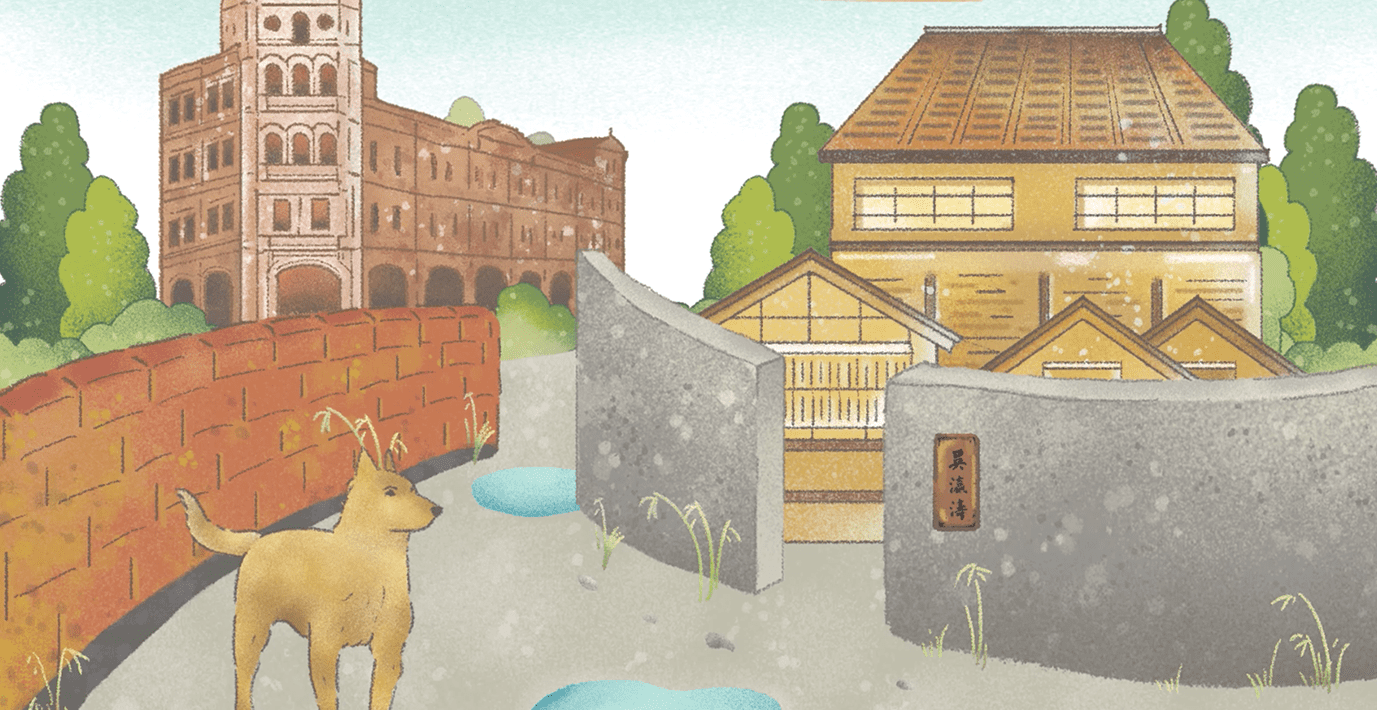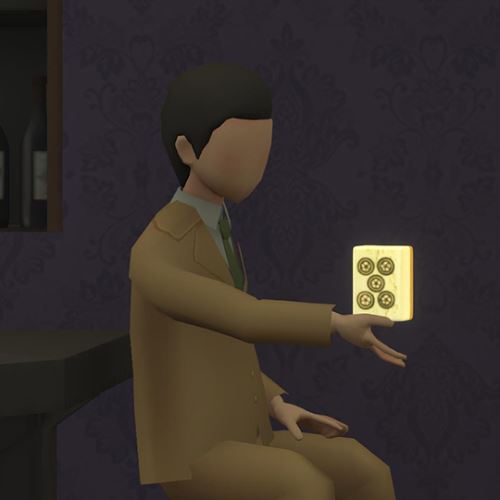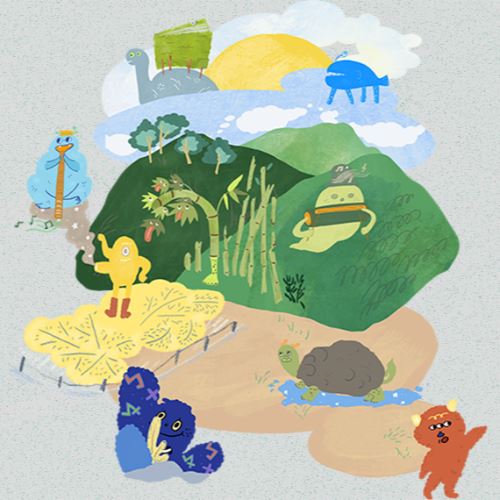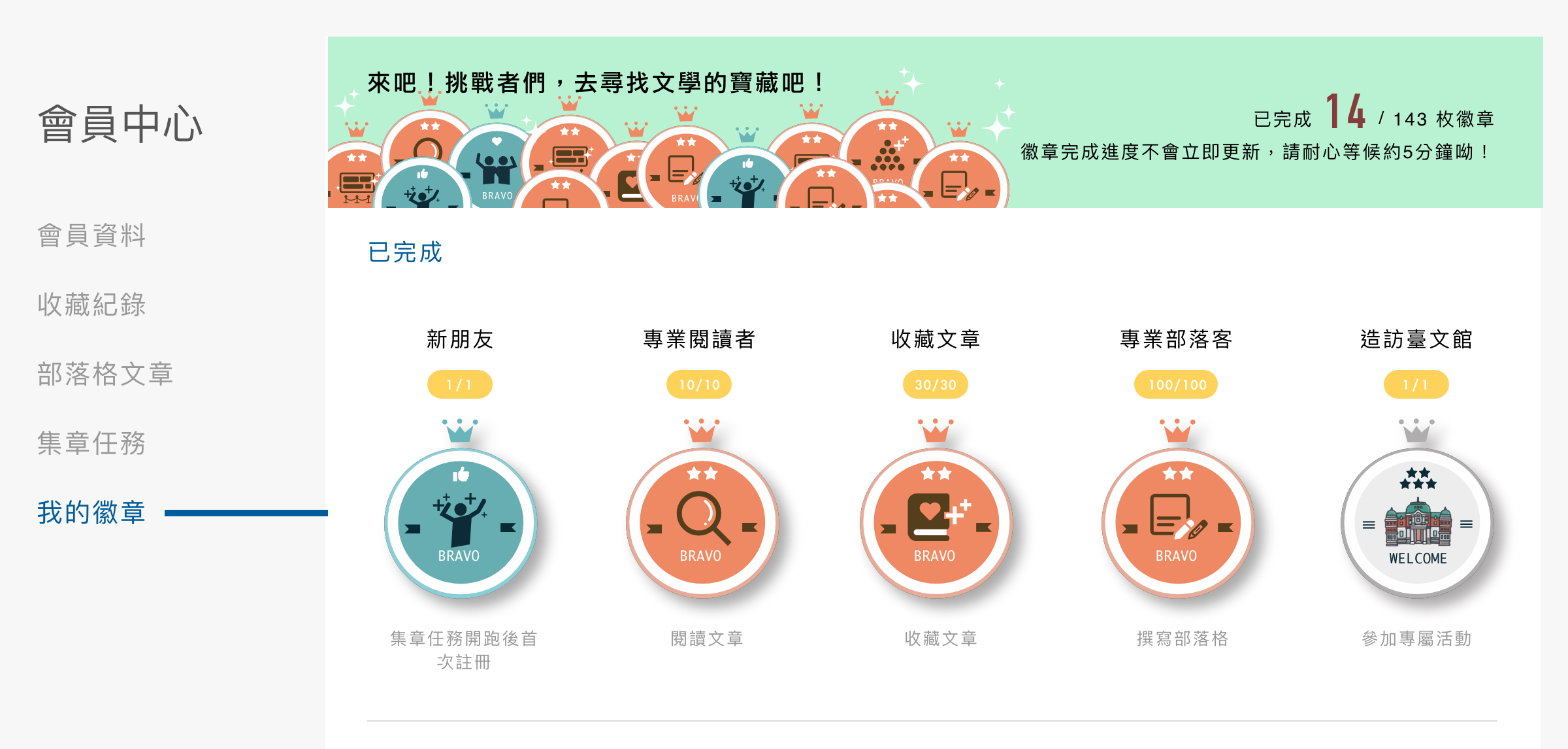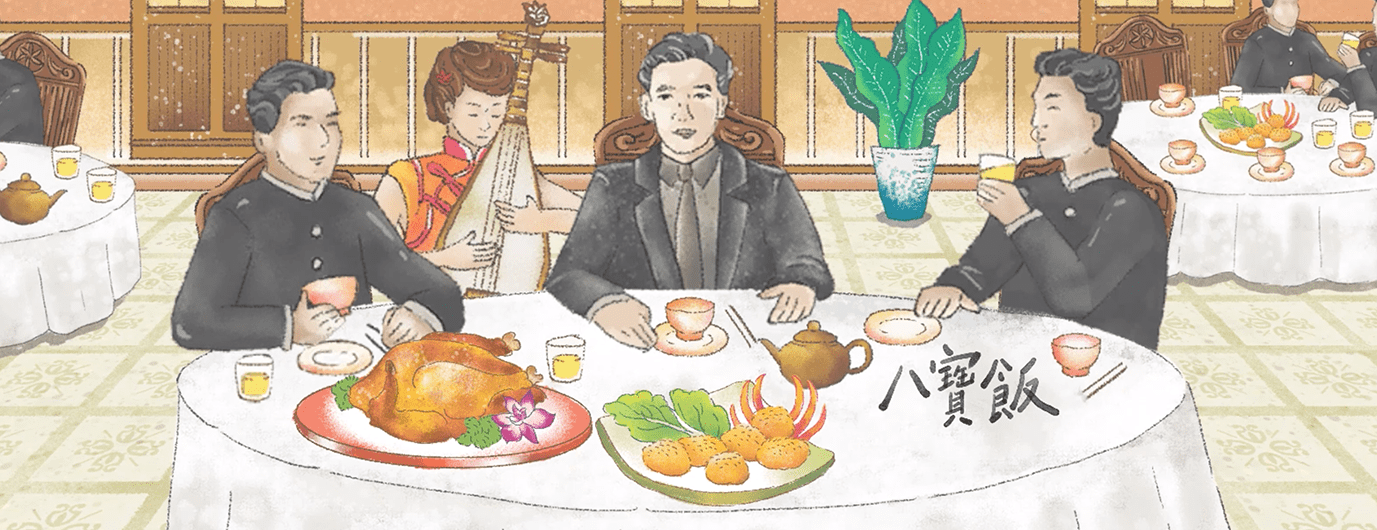
Exhibition Information
At Literary Wonderland of National Museum of Taiwan Literature, B1.
About the Game
This work takes the literary life of Wu Ying-tao as the main storyline. He is a modern poet, folklore researcher, and co-founder of Li poetry during the Japanese colonial rule of Taiwan. With "Poetry is part of life" as the main concept, Wu Ying-tao speaks to children about his own childhood life, life experience in Kang San Lau, customs and stories collected from various places in Taiwan. The game also introduces Wu's major works to the audience. This work is designed as a digital picture book for the audience to experience. It is suitable for an interactive somatosensory game that can be played by parent-child groups above the first grade of elementary school.

Game Introduction
Wu Ying-tao is a vital Taiwanese poet and a researcher on Taiwan folklore. As a Taiwanese poet active in the then mainstream poetry circle, he loves sea, poetry, and folk customs, and believes that poetry is inseparable from life. He and 11 other poets founded the Li Poetry and published the Li Poetry Magazine. Everything about him revolves around the promotion of local literature and culture. Welcome to his literary world now.
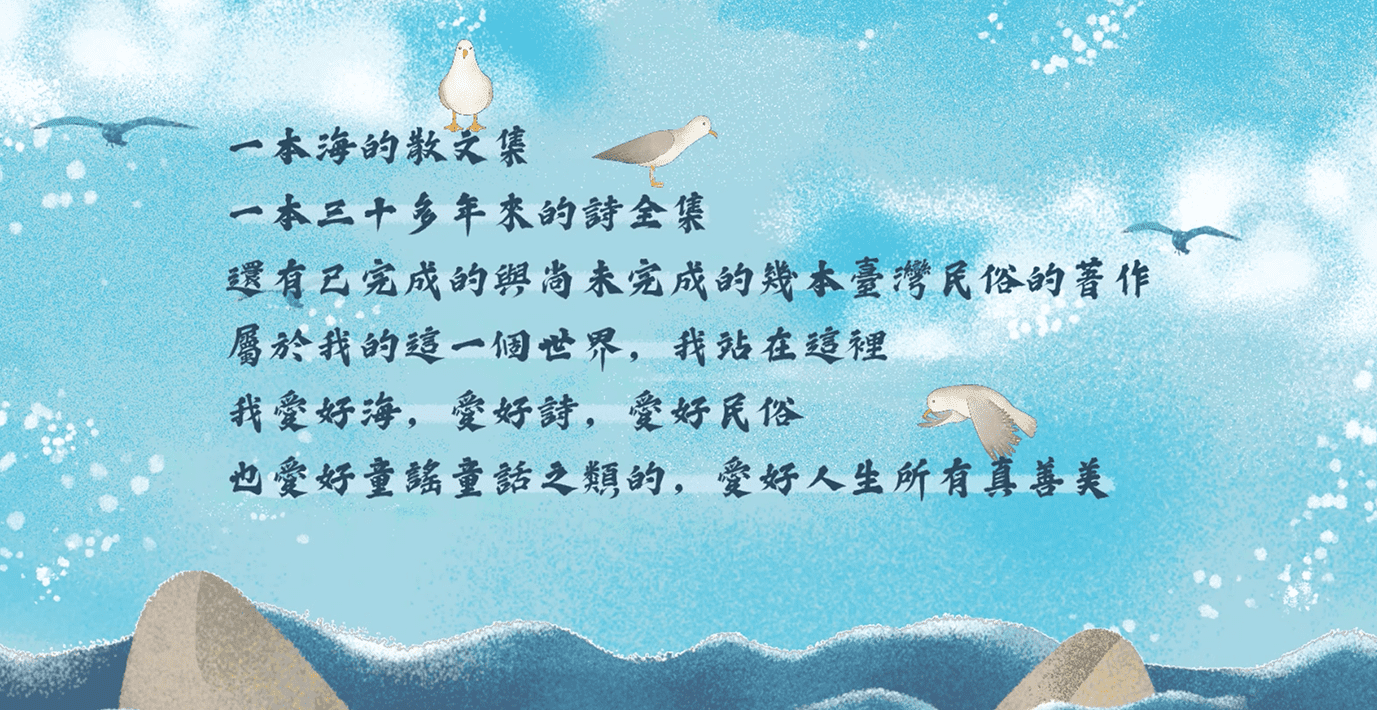
Game writer
Guo Mong-Siou
Born in 1997 at Pingtung. Now studying for a master's course in the Institute of Physics, National Taiwan University. He participated in the design and production of real-world games "Little Fengshen Treasure Map", "Literary is dying" and "House of Light" at Taipei Legend Studio. He is a Physics postgraduate student who is interested in translating literature and history into games.
Characters
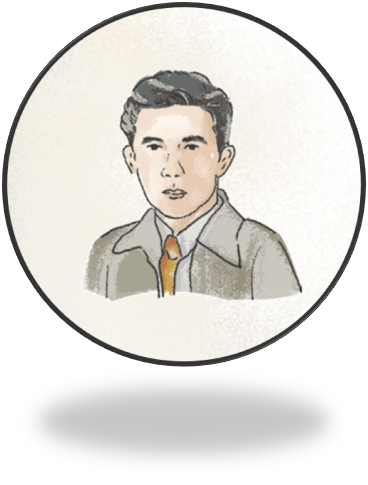
Wu Ying-tao ( 1916-1971)
Grandson of Wu Jiang-Shan who was a gentry of Taipei. He was an important poet and folklore researcher in Taiwan. He began to participate in literary and artistic activities when he was young. At the age of 21, he joined the Taipei branch of the Taiwan Arts and Culture Association and started writing poetry in Japanese at the age of 24. Because his family runs the most famous hotel in Dadaocheng, 'Kang San Lau', the novel Yi Da inspired by it was nominated for the "Taiwan Art" novel award.
At the age of 28, while living in Hong Kong, he got to know the poet Dai Wang-shu and began to publish Chinese poetry. Then, he published Chinese and Japanese poems and prose in the supplement of China Daily News. At that time, when most Taiwanese writers stopped writing because of language switching, his works and poems were mostly published in Modern Poetry, Blue-Star Poetry Weekly, Genesis.
As a poet, he believes that poetry cannot be separated from life. In addition to poetry and prose, he also researched Taiwanese folklore and children's literature. In addition to translating collections of Japanese fairy tales and rewriting children's literature, Taiwan Folklore contains about one hundred folk tales and local legends, and Taiwan Proverbs includes 50 nursery rhymes and children's songs.
In 1953, he proposed the "Atomic Poetry Theory", arguing the view of writing poetry in the spirit of science and freedom. In 1964, he co-founded the 'Li' poetry with 11 Taiwanese poets and dedicated his life to promoting local literature and culture.
Wu Ying-tao's Works
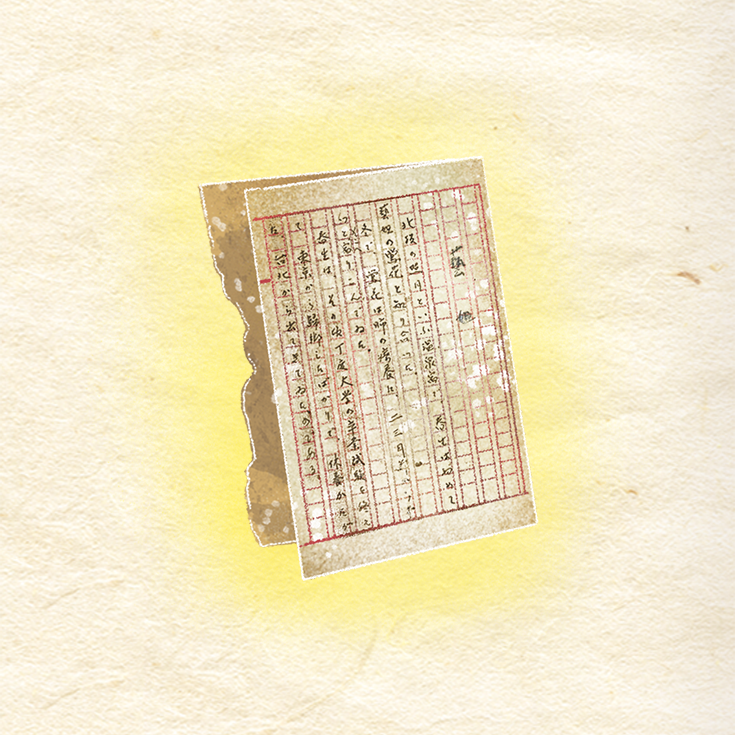
Yi Da
As the third generation of Kang San Lau, Wu Ying-tao has seen the story of the literati gentry and Taiwan geisha since childhood. Yi Da uses the most familiar life experience as the theme, to narrate the story between a college graduate Chun-sheng and geisha Ying-Hua. Most of his proses have been published in Art of Taiwan and Art of Taiwan. In 1942, Yi Da, which was nominated for Art of Taiwan, was awarded.
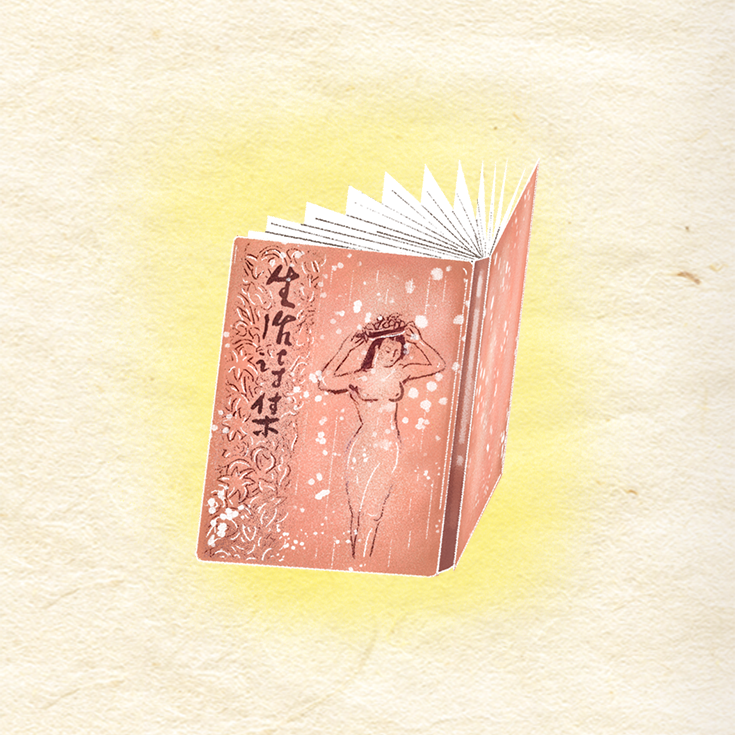
Life Poems
In 1941, he graduated from the Taiwanese School of Commerce and Industry (now Taipei Kai-nan High School) Beijing Language Advanced Class. While living in Hong Kong, he published poems in Chinese and Japanese. After the war, his proficiency in 'Mandarin' made him one of the translingual-generation-after-1945 authors. This collection is Wus first collection of Chinese poems. The book contains several Japanese poems written by him before the war, such as "Heng Meng" ("Youth"), "Twilight", which had been translated into Chinese.
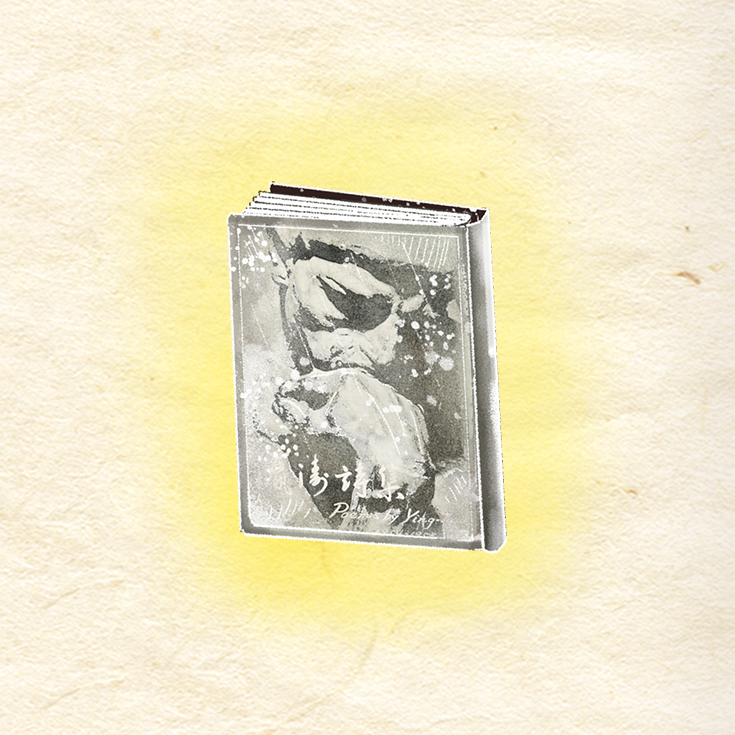
Poems by Ying Tao
This poetry collection is the second one published by Wu, and it contains the poems created within the five-year span after published Life Poems. The style of this collection is minimalistic, prose-style, and without any title.
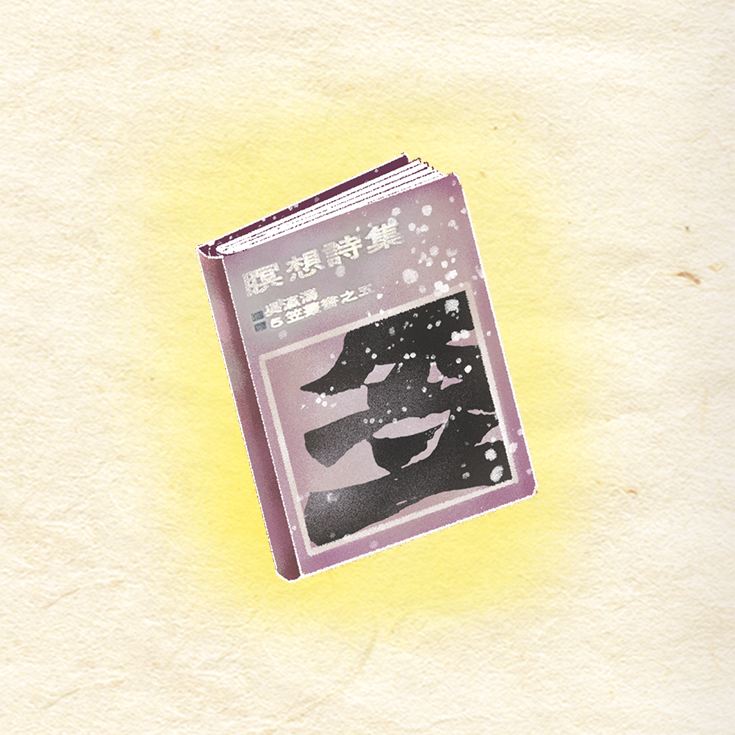
Meditation Poems
Wu's poems are quite philosophical, and he often meditates on the subject of life and death. The poet Li Kuei-sian described him as: "The clear cheeks are strengthened to the broad forehead, like a rock, with hidden power. His eyes often hang down and fall into meditation." This poem is the fifth of the 'Li ' series and the third poetry collection by Wu. This collection was created by Wu who was working in TTL during the daytime and constantly meditating at nighttime, turning his thoughts into poetry.
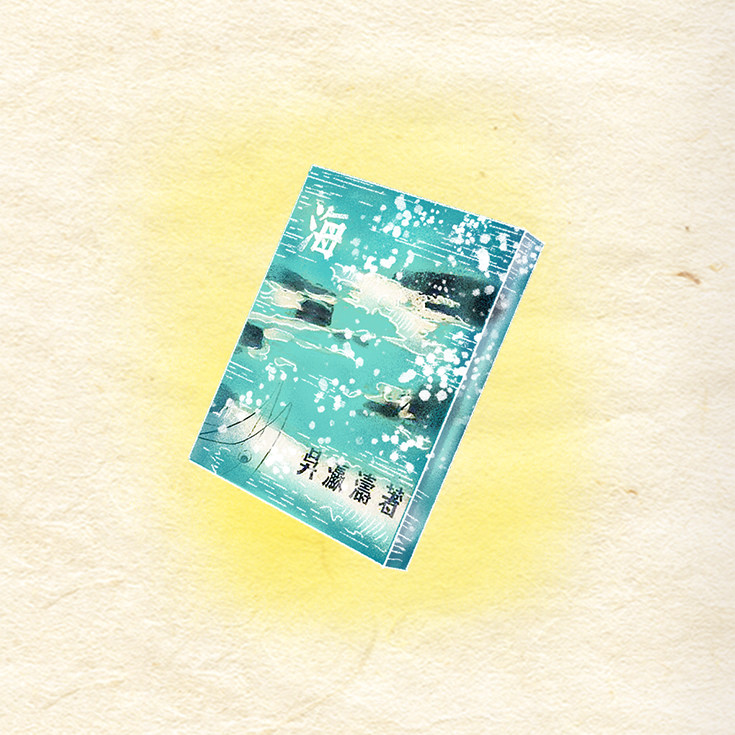
The Sea
Taiwan is surrounded by the sea, therefore, in Wu's poems he often wrote about the ocean. The book is a prose work written on the blank sheets when he was touched by the magnificence of the sea on a ship. This book contains 159 sea-related prose, including "Fog Flute", "Sea Dream", "Seascape", "Mountain Light and Sea Color", and "Sea Gull".
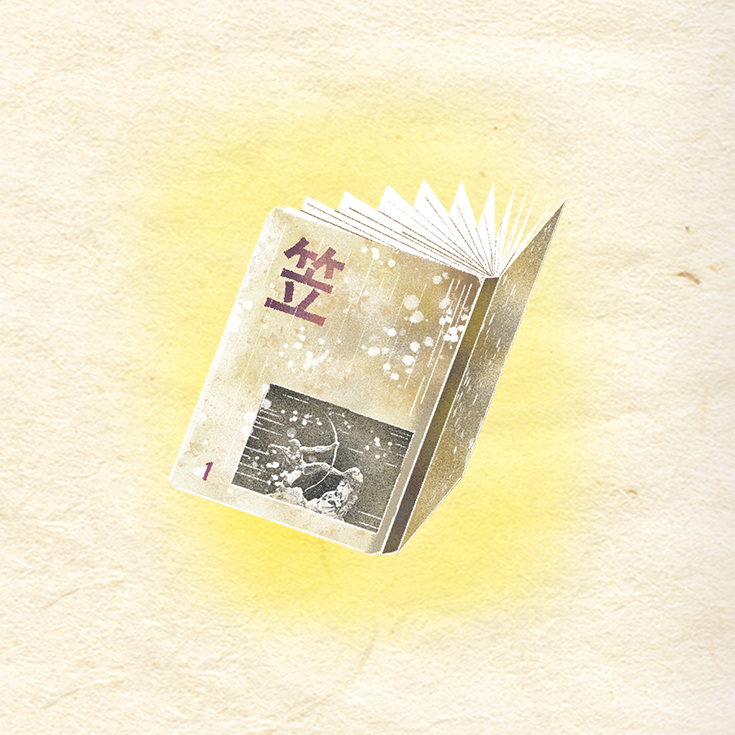
Li Poetry Magazine
The tomb of the Ming emperor of China contains 13 Ming emperors, 23 Ming empresses, 2 Ming princes, more than 30 concubines, and 1 eunuch. It is one of the most preserved imperial tombs in the world.
遊戲畫面
